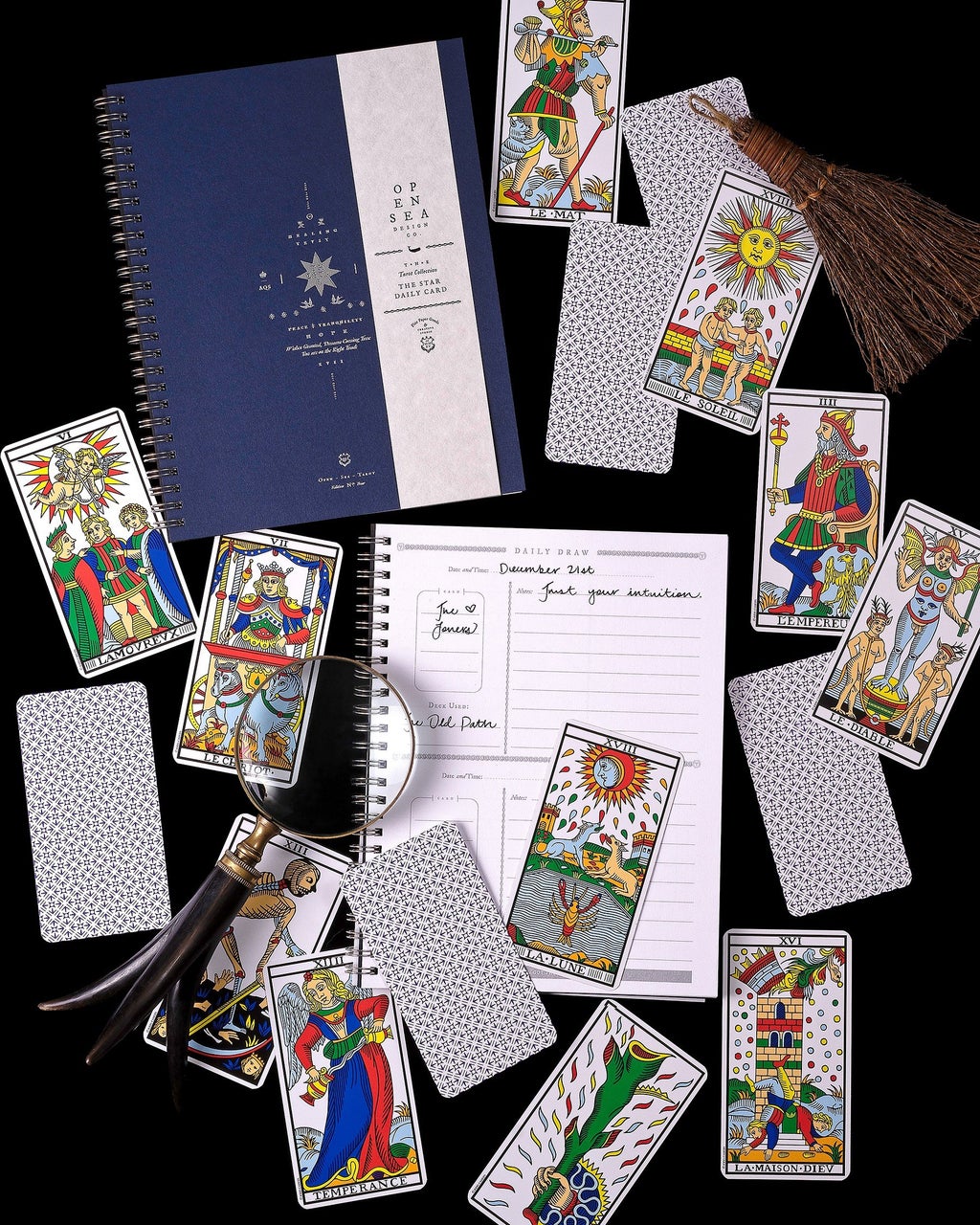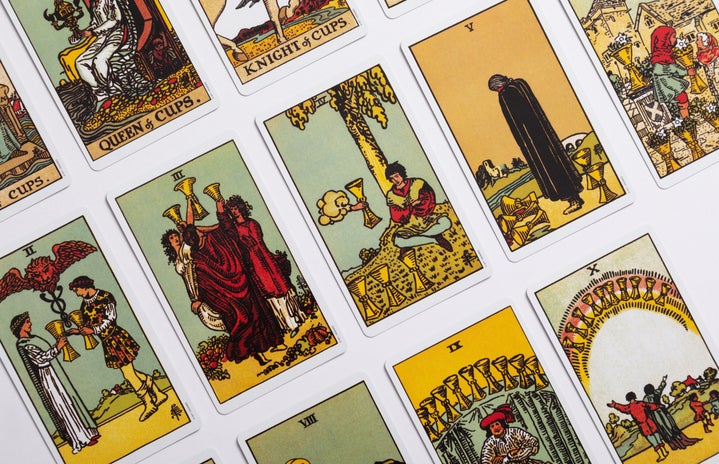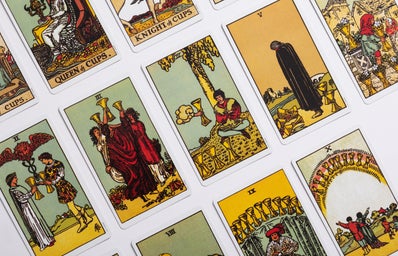Tarot cards have been around for several hundred years. Their use for divination began during the late eighteenth century. So, it has had plenty of time to develop and form into what we know today. Tarot cards are sort of an individual language, one you have to learn and adapt to in order to understand.
There are a lot of misconceptions about this cartomancy. So, to preface, tarot cards are not necessarily a prediction of the future but a likely outcome of a situation if you make specific choices. It is meant to aid you in your decisions, not tell you the destiny of the universe or how to live your life. A notable part of using tarot cards is that they are so versatile. They can help with so many questions you have (both important and unimportant) despite so many people boxing them into using them just for love questions.
Now, back to the idea that tarot is a language you learn and understand. A main aspect of these cards is that they are up to interpretation. Yes, each card has a particular meaning. However, that can be a bit flexible depending on the question you want to be answered. It also can change based on how you apply it to the situation at hand. You could not use a card in the same interpretation for a love reading as you would about moving to a new city.
A traditional tarot deck contains 78 cards and two main sections, the Major Arcana and Minor Arcana.
The Major Arcana consists of 22 cards that have distinct meanings. Then there are 56 leftover cards that make up the Minor Arcana.
The Minor Arcana is divided into four suits (cups, swords, pentacles and wands) of numbers one through ten plus a Page, Knight, Queen and King for each one.
The suits and numbers represent something individually and add together to create a new meaning.
The suit of cups represent emotions/how you feel/connections, the suit of swords represent actions/words/communicating, the suit of pentacles represent finances/career/professional situations and the suit of wands represent energy/spirituality/motivation.
The same goes for the numbers. Numerology plays a big part in how to read tarot cards.
One represents new beginnings and potential. Two represents intuition and duality (this could mean opposites or balance. Three focuses on creativity and growth. Four symbolizes stability and organization/authority. Five represents change, conflict and decisions. Six is about harmony and communication. Seven focuses on introspection and knowledge. Eight depicts success and energy/action. Nine symbolizes fulfillment and completion. Lastly, ten represents cycles, endings and karma.

So just to put it all together as an example, a Four of Pentacles could mean that you have put in the effort to be successful with your career (or a hobby/finances), and you can reap the benefits. There is newfound stability there, but you still have to be careful of how your mindset is about these issues. It could easily turn negative and not let you have the freedom you may benefit from.
No cards are inherently good or bad, so you have to consider it all while doing a reading. The cards’ meanings could easily be something else based on the situation.
I have been using tarot cards for around two years. I have learned so much. Despite researching through books, articles, social media pages and talking to people in real life, I know I still have a lot more learning to do.
I do not have every card memorized (most people do not though, so I will not stress about it), I do not have a good grasp on the history or even know all the best questions to ask.
We are all at different parts of growing and learning, especially because there is always more to know. So it is best to learn at your own pace and start with what works for you.



